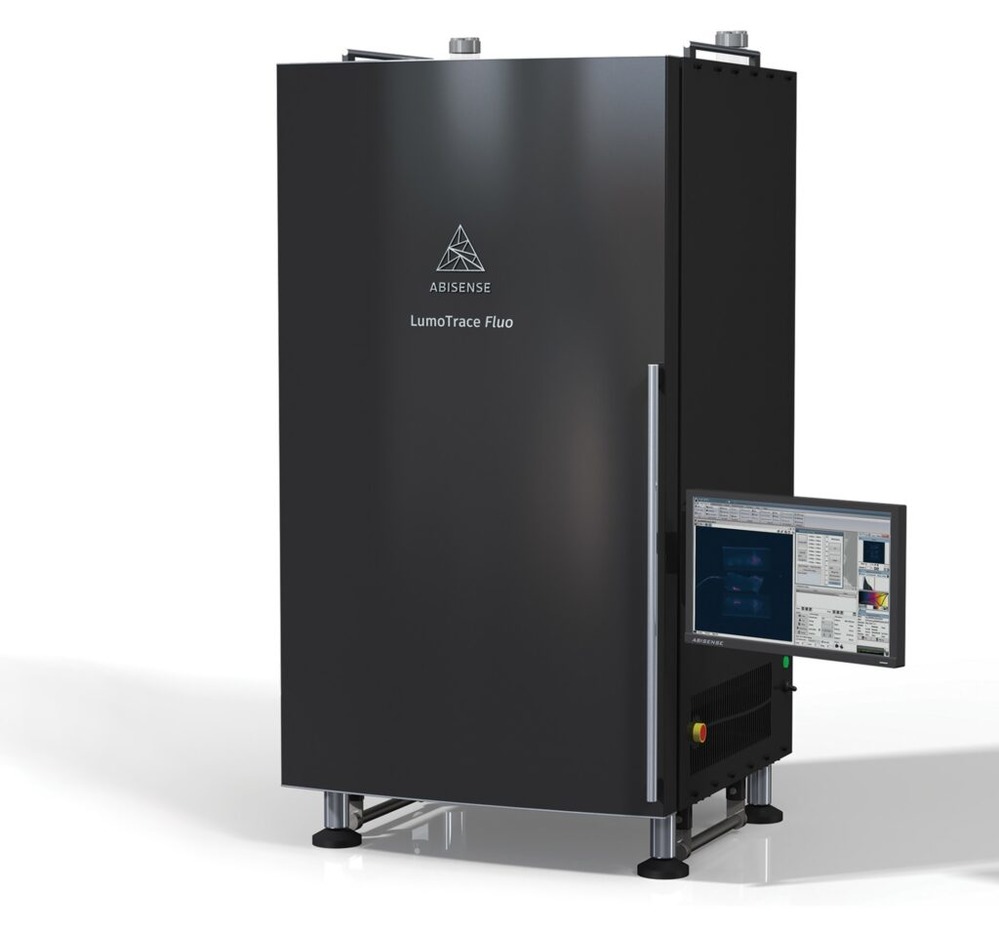Catalog
Search
619 products
View:
- Selected: 1Areas of use
- Selected: 0Item names
- Selected: 0Manufacturer
- Selected: 0Made in
- Selected: 0Additional
View:
619 products
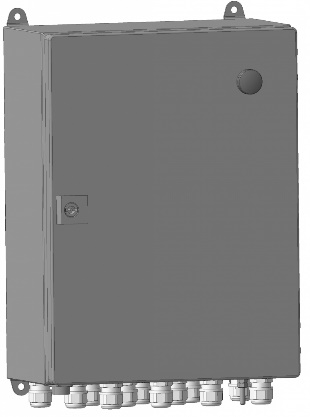
Power injector IP-2
Purpose:
provision of connected equipment with constant voltage;
conversion of the RS-485 interface to USB (version 01 only)
data transmission via the RS-485 interface (version 02 only).
Doza
Zelenograd
Produced in: Moscow

Power supply BP-1
A power supply for red laser modules.
FTI-Optronik
Saint Petersburg
Produced in: Saint Petersburg
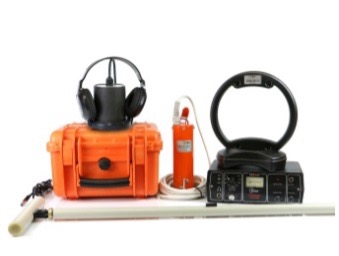
Tracer detector for diagnostics of non-metallic and metal pipelines Athlete TEK-120TUZ
from
329 400 ₽
A frost-resistant kit with a powerful generator that solves problems on metal and non-metallic pipelines designed for:
• – search for underground utilities (power and signal cable lines, reinforced fiber-optic lines, pipelines made of electrically conductive materials), as well as determining the depth of their occurrence and places of damage.
• – determination of the location of power cable lines by induction and acoustic methods.
• – high-range tracing and highly efficient search for cable damage sites.
• – tracing of non-metallic and metallic pipelines by acoustic method and search for leaks from pipelines.
TEKHNO-AS
Kolomna
Produced in: Kolomna, Moscow region
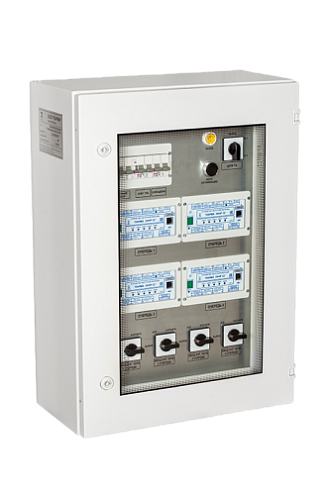
FREQUENCY UNLOADING CABINET "PARMA SHE ACR"
The following options can be implemented on request:
•additional time relays - allow you to time load control commands within one queue
•output of ACR/CHAPV signals on one bus: the appearance of a signal - ACR, the disappearance of a signal - CHAPV
•installation of a panel measuring device on the cabinet door
•manufacture of cabinets of other dimensions, design and number of unloading queues
•manufacture of outdoor cabinets
PARMA
Saint Petersburg
Produced in: Saint Petersburg
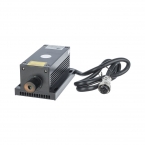
Blue DPSS Laser 420 nm KLM-420-x
DPSS lasers of the KLM-420/x series are optimal sources of coherent radiation for the construction of control and automation systems, alignment and marking devices, for scientific and medical purposes.
Technical specifications
Radiation output power: up to 10W
Radiation wavelength: 420 nm
Output beam diameter: 1.5mm
Divergence of the radiation beam: 1.3 mrad
Instability of radiation power: 5%
Type of modulation: TTL or analog
Time to enter the mode: 15min
Spectral line width: 0.1nm
FTI-Optronik
Saint Petersburg
Produced in: Saint Petersburg

OPTICAL REPEATER PARMA OT-8
Purpose and functions:
· Transmission of accurate time signals via the IRIG-B protocol to remote subscribers via optical communication channels up to 1 km
· Retransmission of signals to several channels, thereby ensuring the connection of one to eight devices to one time server
PARMA
Saint Petersburg
Produced in: Saint Petersburg

Quenching oil tank BZM 14.17.8/09
Oil quenching tanks of the tank type are designed for quenching cooling of products heated to the quenching temperature in oil at temperatures up to 90 ° C in stationary conditions. The workspace environment is oil.
Oil quenching tank of the tank type BZM 14.17.8/0.9 for quenching cooling of products heated to the quenching temperature in oil in the range from 40oC to 90oC.
Tula-Term
Tula
Produced in: Tula
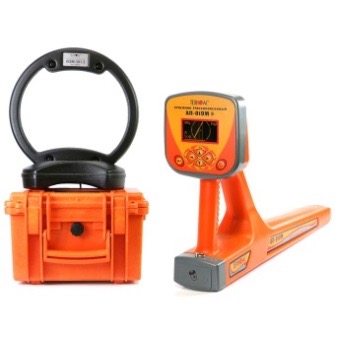
Cable searcher Athlete AG-319M (frost-resistant)
from
338 100 ₽
A trace searching kit for finding underground utilities (cable lines, metal pipelines, and other communications made of conductive materials).
The kit includes a receiver in the form of a monoblock with a frost-resistant LCD display, which displays an image of the route and automatically calculates the depth of communication up to 10 m, as well as the current in the line and the most powerful multi-frequency generator in the TECHNO-AC line, with a range of up to 10 km.
TEKHNO-AS
Kolomna
Produced in: Kolomna, Moscow region

Universal mobile complex for verification and repair of measuring instruments
The complex is equipped with air conditioning, heating and ventilation systems to create and maintain a set temperature level
(20-25) ° C in the container body, at an outdoor temperature from minus 40 ° C to 40 ° C.
Operating conditions
Ambient air temperature from minus 40 to 40 ° C;
Relative humidity up to 95 % at tº= 30 ° C;
Atmospheric pressure from 84.0 to 106.7 kPa (from 630 to 800 mm Hg);
General-purpose power supply: alternating three-phase current with a frequency of (50 ± 1) Hz with a RMS voltage value in each phase (380 ± 38) V.
A set of functionally related working standards, special equipment and automation tools allows you to implement complex metrological maintenance of measuring instruments at automated (automated) and non-automated (RM) workplaces
TEKHNOYAKS
Moscow
Produced in: Moscow

BEAVERMILL Mini
The area occupied by the BEAVERMILL Mini is only 1m2, and the service areas on the left, right and rear are not required. The machine can be positioned against a wall, in niches between walls, as well as next to other equipment.
Due to its light weight and compactness, the BEAVERMILL Mini can be transported in a freight elevator, moved along narrow corridors and through small openings of office doors. Installation and use of the machine is possible in research laboratories, offices and other non-production sites.
BIVER TEKH
Москва
Produced in: Moscow

AD-64M Acoustic Impedance Flaw Detector
from
825 000 ₽
Control methods: Impedance method (IM) and free oscillation method (MSC)
Distinctive features:
- A wide range of controlled materials: from steel to foam and structures with soft external and internal elements
- Application of two complementary control methods
- One-way access
- Dry contact of the transducers with the controlled object
- Visual representation of information
- The ability to memorize and reproduce the setting modes, which excludes the use of control samples at the workplace
Technical specifications:
The minimum area of the detected defect, cm2: 1
The depth of detected defects in fiberglass, mm: up to 12...15
Light and sound signaling of defects
Number of measurements per second: 15
Weight, kg: 1
Self-powered by batteries
Continuous battery life, h: 8
Operating temperature range, °C: -10...40
RII MNPO SPEKTR
Moscow
Produced in: Moscow

FNCH-53
These LFS can be used in conjunction with waveguide bandpass filters to increase the suppression of spurious signals and expand the upper band of the barrier.
Basic properties
Low bandwidth losses;
A wide barrage strip.
Operating conditions
Operating temperature range from minus 10
up to 50 ° C;
The relative humidity of the air is up to 98% at a temperature of 25 ° C.
Technical specifications
Waveguide cross section, mm 5.2×2.6
Bandwidth Fh-Fb at the level of -1 dB, GHz 45-53.6
The barrage band at the level of -30 dB, GHz 60-78
Bandwidth loss, 0.5-1.0 dB
TEKHNOYAKS
Moscow
Produced in: Moscow
